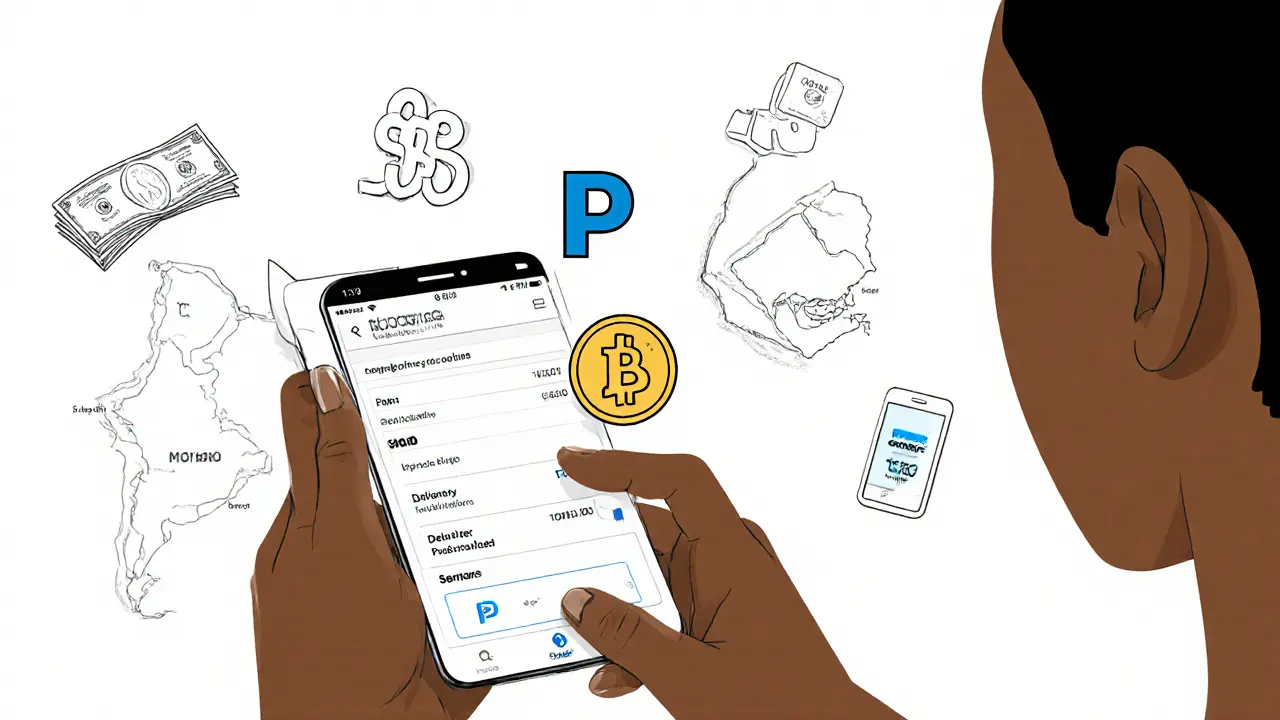Stablecoins in Bolivia: What You Need to Know About Crypto Stability in a Volatile Economy
When prices for basic goods jump 20% in a month and banks freeze accounts, people turn to something that holds its value—stablecoins, digital currencies pegged to stable assets like the U.S. dollar to avoid crypto volatility. Also known as pegged tokens, they let users in Bolivia store savings, send money across borders, and buy goods without relying on a failing local currency. In a country where inflation has hit over 10% annually for years and access to U.S. dollars is limited, stablecoins like USDT and USDC aren’t just tech experiments—they’re survival tools.
Stablecoins in Bolivia connect directly to real needs: remittances from abroad, avoiding currency controls, and protecting income from rapid devaluation. Many users bypass traditional banks entirely, using peer-to-peer platforms to trade stablecoins for Bolivianos at rates closer to the black market than the official one. This isn’t about speculation—it’s about keeping food on the table. The Bolivian peso, the national currency that has lost over 50% of its value against the dollar since 2010 can’t compete with a digital dollar that stays flat. And while the government has cracked down on crypto exchanges and banned financial institutions from dealing in Bitcoin, stablecoins fly under the radar because they’re used quietly, person-to-person, often through WhatsApp or Telegram groups.
There’s a reason you won’t find big crypto exchanges advertising in La Paz—but you’ll find people trading USDT for cash in local markets. The cross-border crypto monitoring, global rules like the FATF Travel Rule that track crypto transactions between countries haven’t fully reached Bolivia’s informal networks. That’s both a benefit and a risk. Users avoid government interference but also lose legal protection. If a P2P trade goes bad, there’s no chargeback. No recourse. That’s why many users treat stablecoins like cash—only trusted contacts, small amounts, and quick swaps.
What you’ll find in the posts below isn’t a list of the best stablecoin apps. It’s a collection of real stories and warnings from people navigating crypto in places where the rules are unclear and trust is everything. From exchange shutdowns that wiped out savings to airdrops that turned out to be scams, the lessons here aren’t theoretical. They’re lived. Whether you’re sending money home to family in Cochabamba or trying to protect your salary from inflation, the truth is simple: stablecoins work—but only if you know how to use them safely.

How Bolivians Access Crypto Exchanges After the Ban Was Lifted
Bolivia lifted its crypto ban in 2024 and now has one of the fastest-growing crypto markets in Latin America. Learn how Bolivians buy and use stablecoins legally through peer-to-peer trading and international exchanges.
